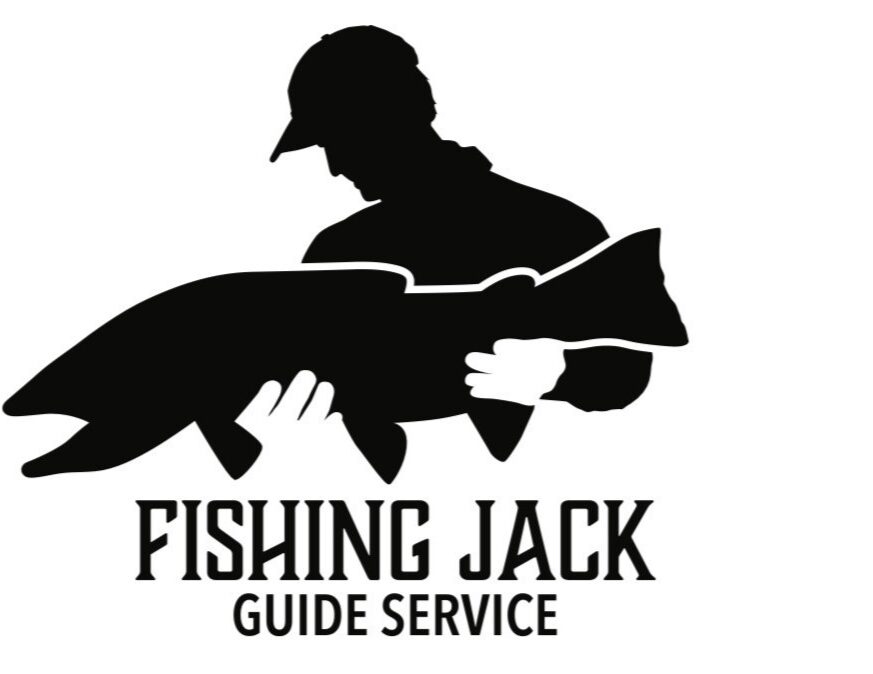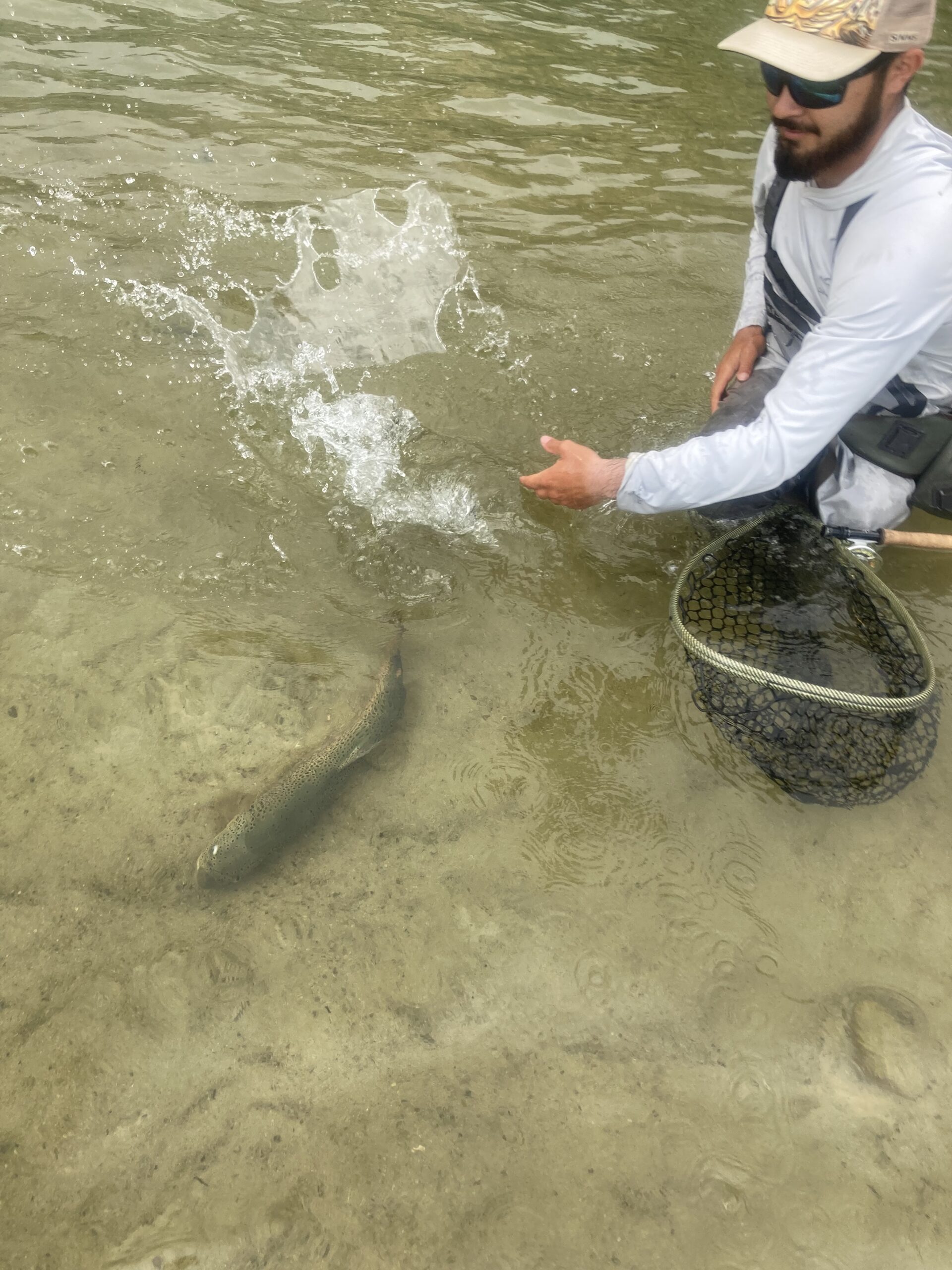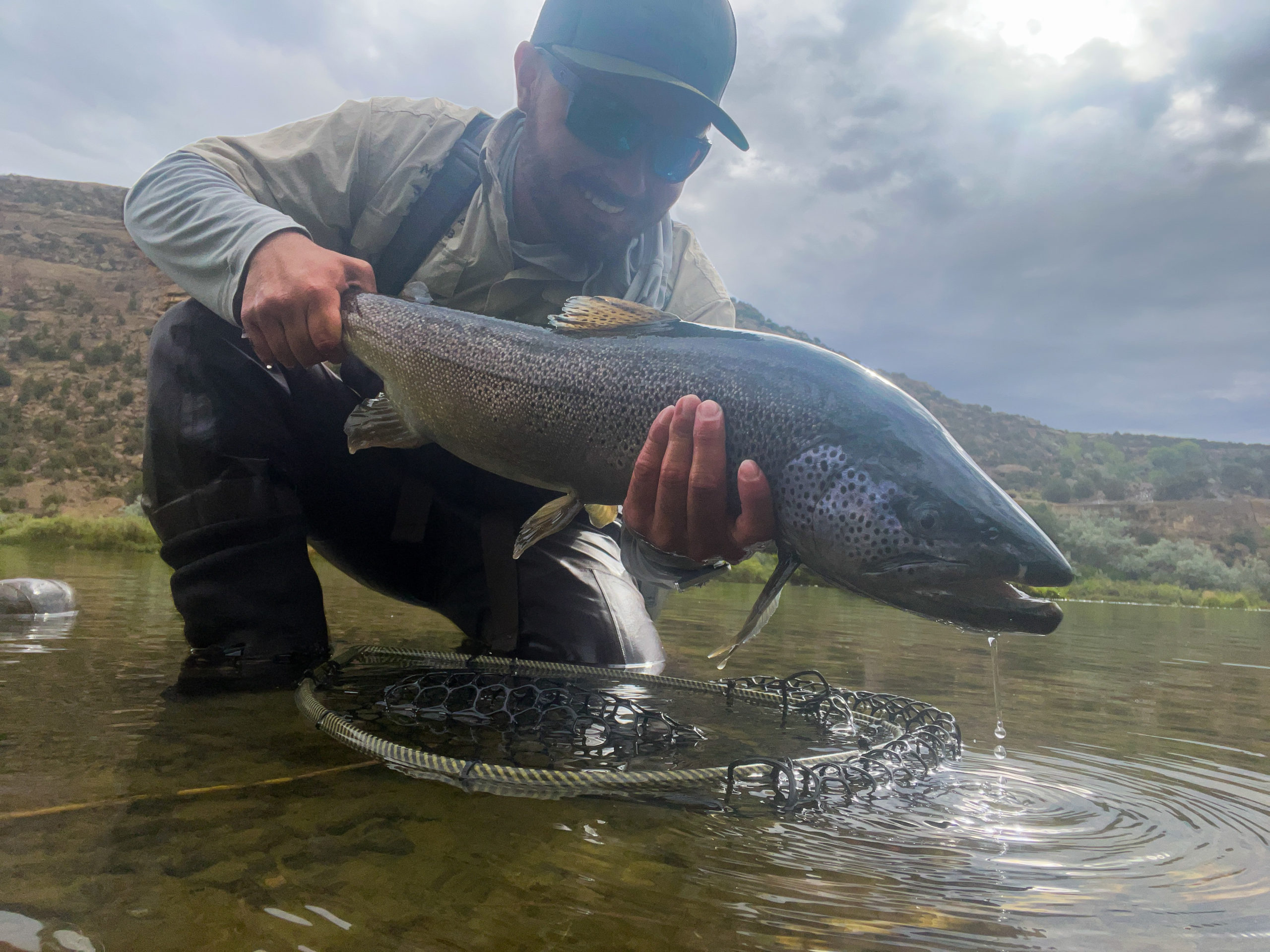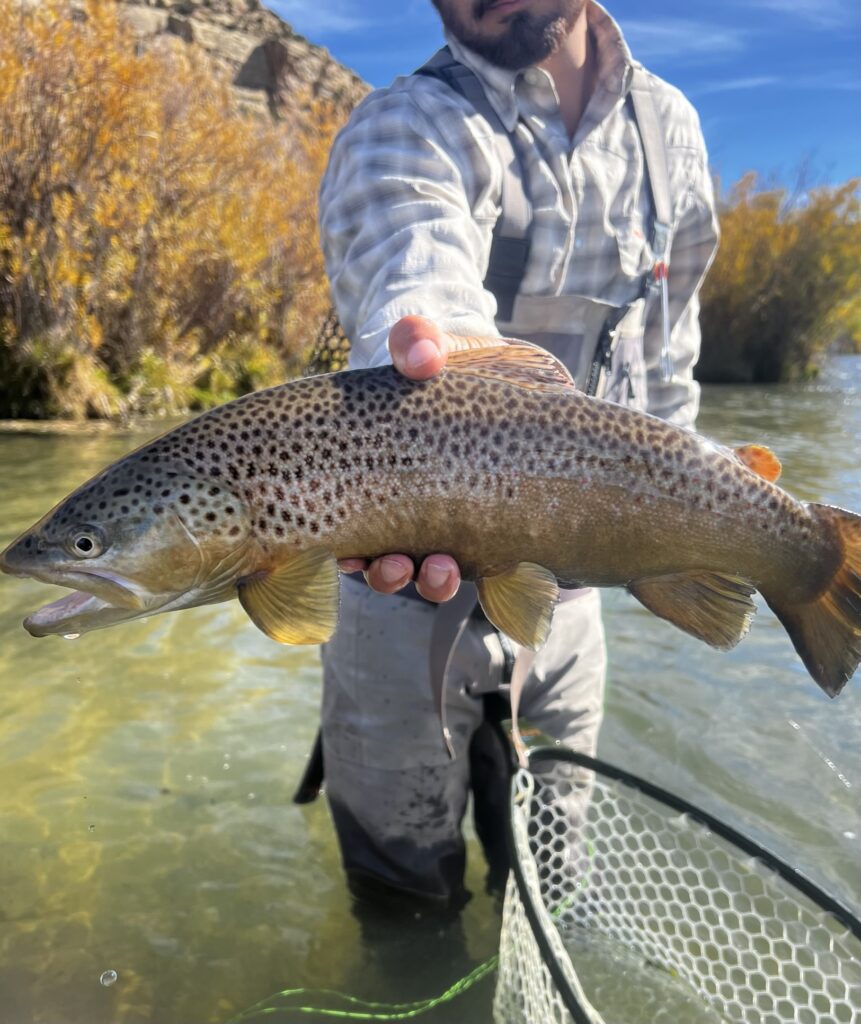Winter has run its course and things are looking a bit warmer down here on the San Juan. With longer days and warmer weather approaching, it’s good to refresh ourselves on some important considerations for handling some of the changes we are seeing. Here are some quick tips to help you transition from winter fishing to spring fishing:
1.) Don’t Be Afraid of Small Bugs
Winter fishing can heavily influence our transition to spring. Junk rigs with big flies that hardly match any of the natural bugs in the water were indispensable for the last few months. However, there is now more of a “mix” of flies you should be using. Since the water is still off-color (with the possibility for a spring runoff) you shouldn’t necessarily abandon your junk box. Instead, it may be helpful to begin your day fishing a heavy junk rig and slowly transitioning throughout the day to small bugs. If there seems to be a noticeable decline in the number of eats you are getting, try leaving one junk fly on, and replacing the other with a larva or pupa. Another option is to swap both of your egg patterns out (or any other junk duo) for a tandem bug-rig to rule out the possibility of midge-heavy fish. Don’t be afraid to start fishing small stuff. We don’t always need to see the flies, but the fish do (and they will).
2.) Fish Behavior Changes
One of the great aspects of fishing a river with a lot of water is your ability to dictate where you are, and when. As anglers, we all enjoy different things. Perhaps you only fish dries, only throw bugs, or mainly fish streamers. Whatever the case may be, spring time on the Juan has something to offer for everyone.
As the ambient air temperature begins to warm, the fish take notice to it. For someone fishing an indicator rig, it may be beneficial to start your day fishing the slower, deeper water, but also looking towards some of the shallower pockets as it begins to warm. Trout behavior tells us that the wider availability of insects due to warmer conditions will slowly pull fish away from their winter hiding spots. Start sight fishing, but if you can’t see them, take an educated guess based on where you see the most bugs beginning to pod together. Similarly, while the fish may expand in the water grid horizontally, they may also begin to do so vertically. Light midge rigs will help immensely when it seems the fish are ignoring you. You will also begin to see the occasional rising fish, so bring your tapered leader and flotant.
3.) Be mindful of your tippet
Although fishing thinner diameter tippet may slightly reduce the visibility of the line to the fish, it’s not the main reason we use it. Fluorocarbon sinks much better than mono which is why we prefer it for nymphing.
In a similar sense, small tippet sizes (5x-8x) have practical uses for fishing smaller bugs. By using 6x to fish a size 22-26 fly, we allow the fly to drift naturally without binding the eye of the hook to a thick diameter tippet. Imagine threading two big needles — one with a shoelace, and one with dental floss. The one that is threaded with a shoelace may get stuck in position, while the one with dental floss with dangle freely.
The reason for the importance of this is many of us fish heavier tippet in the winter months because we use larger flies. Remember to use the correct tippet size if you decide to fish smaller flies to avoid rejections rooted in a bad presentation.
For more information, head over to my YouTube channel: (14) Fishing Jack – YouTube





